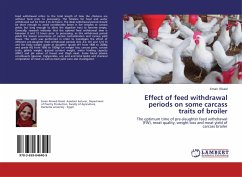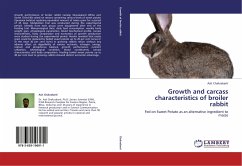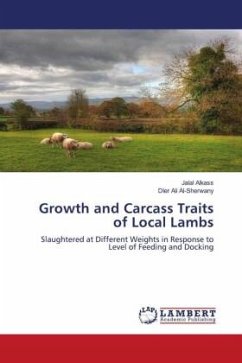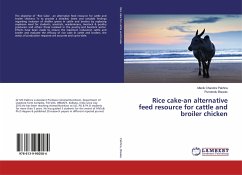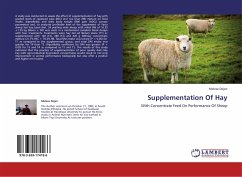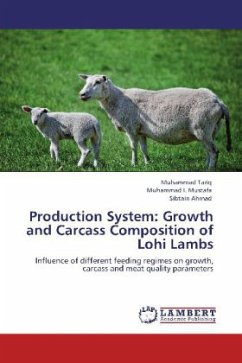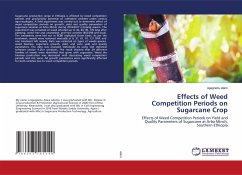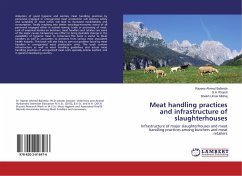Feed withdrawal refers to the total length of time the chickens are without feed prior to processing. The timeline for feed and water withdrawal can be from 2 to 24 hours. The ideal withdrawal period should be short enough to avoid considerable losses in live weights or carcass yields, but long enough to allow the digestive tract to become empty. Generally, research indicates that the optimal feed withdrawal time is between 8 and 12 hours prior to processing, as this withdrawal period yields the lowest occurrence of carcass contamination and carcass yield losses. This work was performed in order to investigate the effect of different pre-slaughter feed withdrawal periods (0.0, 4.0, 8.0 and 12.0 h) and live body weight grade at slaughter (grade W1 from 1800 to 2000g and grade W2 from 1600 to 1800g) on weight loss, carcass parts, carcass traits, giblets weight, gizzard content weight, water holding capacity (WHC) and pH values of breast and thigh meat. Some blood plasma constituents (glucose, triglycerides, uric acid and total lipids) and chemical composition of meat as well as meat yield were also investigated.
Bitte wählen Sie Ihr Anliegen aus.
Rechnungen
Retourenschein anfordern
Bestellstatus
Storno

